Life on Some of the Most Remote Islands on Earth
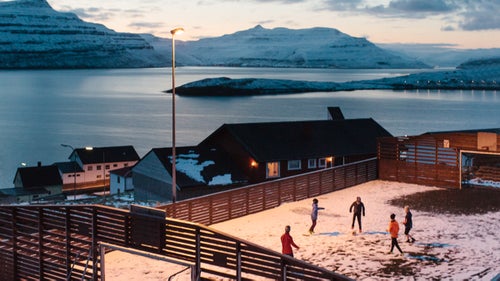
ThereŌĆÖs a set of islands in the middle of the chilly North Atlantic, some of which are so sparsely populated that the residents wouldnŌĆÖt even fill a classroom. The Faroe Islands, an archipelago comprising 18 islands halfway between Scotland and Iceland, make up in an eclectic culture and stunning views what it lacks in population size.
The villages on the smallest and toughest islands have seen a sharp decline in population over time. In a lot of villages, half of the houses stand empty. The Faroese are constantly moving away from the smallest villages, settling in the bigger, main villages. Young Faroese people move abroadŌĆömainly to Denmark, to travel or to pursue a higher education, and mostly they donŌĆÖt return to their hometown afterwards.
I spent a month on the Faroe Islands last February. My goal was to visit and document life in these incredibly quiet, remote villages. The resulting series is called , which is the name of the country in FaroeseŌĆöa language that is spoken in the world mostly by people living on the islands, or who have moved elsewhere from the islands.
Photo: Children playing soccer in the village of Nes on Eysturoy Island. Population: 29.

Mykines, the westernmost of the 18 islands of the Faroe Archipelago. Population: 10.
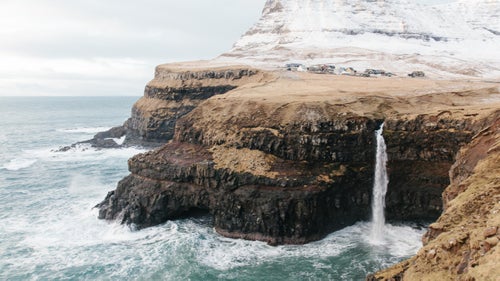
View of G├Īsadalur village next to the Atlantic Ocean. Population: 16.
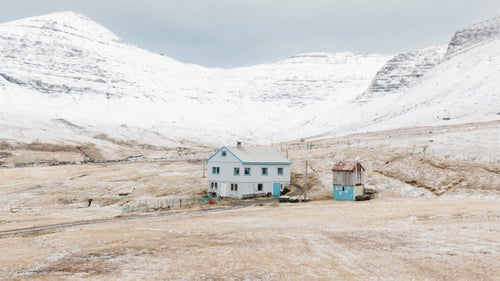
A house in the village of G├Īsadalur on Vagar Island.
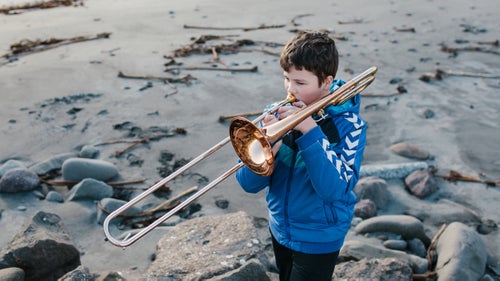
Sim├║n Jacobsen playing trombone on the beach of Sandav├Īgur on Vagar Island.
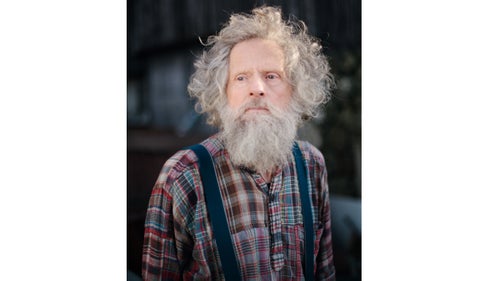
Famous artist and adventurer, Trondur Patursson, in Kirkjab├Ėur on Streymoy Island. Trondur is known around the islands for his glass birds, which you can see everywhere from town halls to people’s living rooms. In 1976 Trondur sailed a transatlantic voyage in a replica 6th century leather-hulled ship.
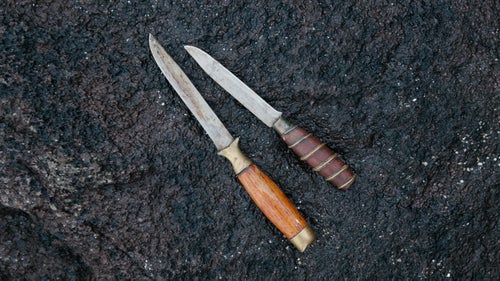
These Faroese knives are used for pilot whale hunting. During a grind (or pilot whale hunt), a flotilla of small boats drives whales into a shallow bay where they can be easily killed with knives. Grinds are the longest continuously practiced and relatively unchanged tradition in the Faroe Islands.
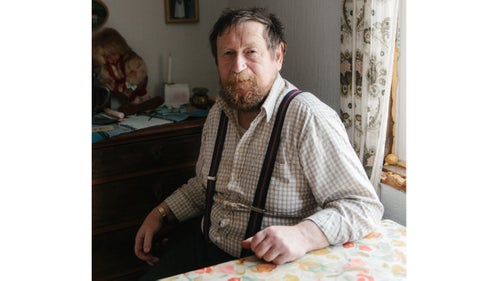
Simun Hanssen in Sv├Łnoy village. Population: 22. Simun is a retired sailor who collects messages in bottles on the shores of Svinoy Islands as a hobby. So far, Simun has already collected around 70 stranded bottled with messages, mostly coming from Canada.
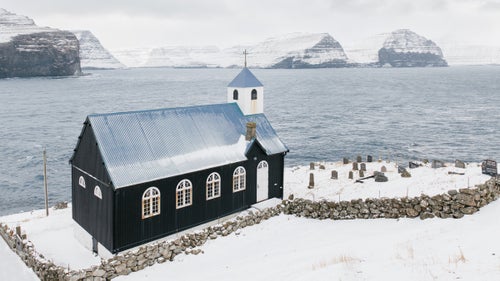
Church of Kirkja on Fugloy Island. Population: 9.
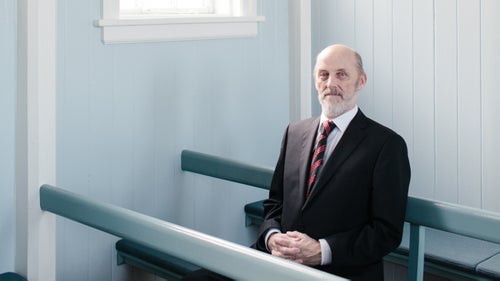
Hanse Heinesen getting ready for prayer in the church of Tj├Ėrnuvik. Many villages have their own churches. Most of them have a lovely, wooden interior and host up to 40 people.